http://www.stomponstep1.com/free-radicals-glutathione-superoxide-nadph-oxidase-n-acetylcysteine/ Free Radicals are very reactive molecules which have unpaired (single) outer electrons. These molecules damage cell membranes via peroxidation and DNA via oxidation. Free radicals can be generated by things like ionizing radiation (X-rays & UV light), drugs (acetaminophen), poisons (carbon tetrachloride CCl4), or certain metals (Iron). However, free radicals are also naturally generated in the body by enzymes. For example, neutrophils use free radicals during acute inflammation to destroy things like bacteria. So free radicals are not always a “bad” thing. Normal oxidative phosphorylation in the mitochondria can also generate free radicals. Usually 4 electrons are added to oxygen to get water. However, if that process is somehow interrupted you can end up with free radicals. Reperfusion following ischemia generates free radicals as well. The ischemia generates inflammation which then meets the oxygen in the blood (which can be converted to superoxide) and inflammatory cells (which can create free radicals). This presents clinically as an MI patient who gets worse after treatment. The body has enzymes for neutralizing free radicals. There are also vitamins that can neutralize free radicals. These vitamins are called Antioxidants. Vitamins A, C, & E are the main antioxidants (Think Ace like the playing card). • NAPDH Oxidase converts oxygen to Super Oxide (O2- ) mainly in neutrophils • Myeloperoxidase (MPO) converts peroxide (H2O2) into Hydrochloric Acid (HOCl) mainly in neutrophils • Fenton Reaction generates Hydroxide (OH-) from peroxide (H2O2) using iron • Superoxide Dismutase (SOD) converts Super Oxide (O2- ) to peroxide (H2O2) • Glutathione convert Hydroxide (OH-) to water • Catalase converts Peroxide (H2O2) to water We will see in the immunology section that that a defect in NADPH Oxidase causes Chronic Granulomatous disease. This is an immunodeficiency due to the neutrophils inability to generate free radicals needed to destroy foreign material. Specifically this makes individuals susceptible to reoccurring infections by catalase positive organisms. Most microorganisms are catalase negative (they don’t have catalase) which means they have a small amount of naturally produced peroxide which can be converted to HOCl by the neutrophils. This HOCl can then be used in place of superoxide to destroy phagocytized material. Catalase positive organisms make their own catalase enzyme which degrades the peroxide and prevents this procedure. Another similar immunodeficiency if MPO deficiency which prevents neutrophils from creating HOCl. Glutathione is one of the enzymes that can remove free radicals. Glutathione must be in its reduced form to convert peroxide to water. NADPH, which is created by the pentose phosphate shunt, reduces Glutathione. Glucose-6-Phosphate Dehydrogenase Deficiency (which will be covered primarily in the hematology section) is a deficiency of a key enzyme in the pentose phosphate shunt that limits the creation of NADPH. This means less glutathione & more free radicals which end up damaging blood cells. Excessive amounts of Acetomenophen (like that seen in suicide attempts) can be metabolized by the liver into intermediates which bind to and remove glutathione. This reduction in glutathione means free radicals build up and damage the liver cells. The treatment is N-acetylcysteine which is a precursor to glutathione.
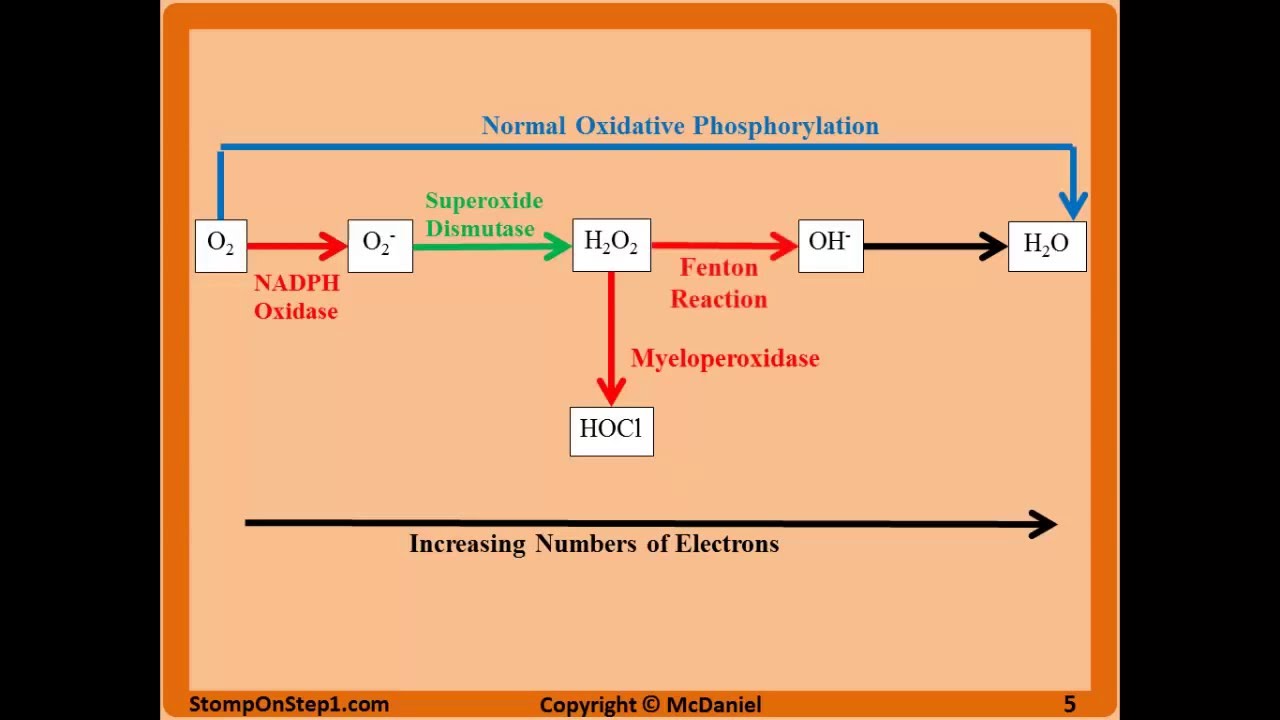
Free Radicals, Glutathione, Superoxide NADPH Oxidase N Acetylcysteine CGD MPO CCl4
- Post author:admin
- Post published:October 4, 2021
- Post comments:0 Comments
You Might Also Like

Movement Demo – Back Extensions

POST WORKOUT SKINCARE ROUTINE – REFRESH, RELAX & REFUEL | Danielle Peazer | Ad

Testosterone & Androgenic Effects Video – 20

Internal Medicine Video – 3
Diarrhea & Vomiting
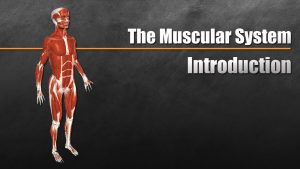
The Muscular System Explained In 6 Minutes

What does complete blood count mean?

Bodybuilding Nutrition, Diet Recipes & Workout – 31

How to Do a Dumbbell Side Bend | Ab Workout

What Is Ischemic Heart Disease? | Heart Disease

How to Perform Manual Hamstring Curls | Bodyweight Exercise Tutorial

Insanity Nutrition Guide: Protein Pancakes
Whey Protein Supplement
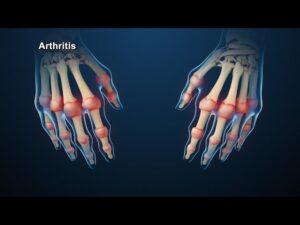
Rheumatology Video – 1

The Magical Chinese Recipe to Lose Weight without any Effort

Best Foods for Fever | Healthy Recipes

6 Fruits For Diabetes – Best Foods For Diabetes

Advanced Hammer Curl Tip – For Bigger Arms
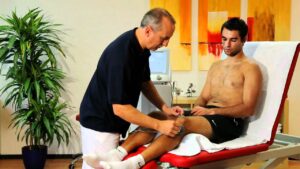
Branches of Physiotherapy Video – 12

HGH, Growth Hormones & Plant Hormones Video – 29

What is BMR ? BMR means what ?

Pre diabetes Symptoms Explained By Dr.Berg
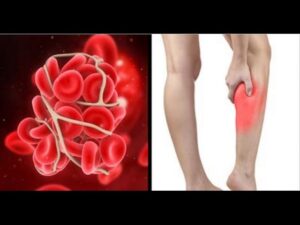
These Are The Symptoms and Signs You May Have a Blood Clot in Your Leg
Latissimus Dorsi Bent Over Row-10

Six pack abs: Side plank with crossed legs
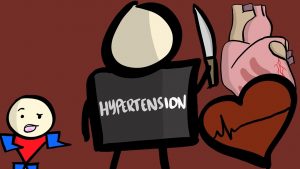
Why HYPERTENSION Is No Joke!

Osteoporosis- Causes, Symptoms, Diagnosis and Treatment
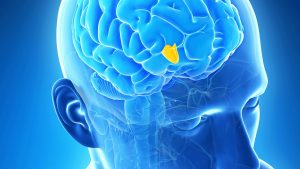
Human Physiology – Hormonal Regulation of Male Reproduction

Latissimus Dorsi Bent Over Row-1
Lat Pull Down-13

Lateral Raises-1

Tricep Exercises: Close Grip Press, Skull Crushers, & French Press

Upper Back and Trap Thickness (2 KEY EXERCISES!)

Plank with Oblique Crunch

Team sport Meaning

Sports Injuries Video – 5

“Complete Blood Count (CBC) Test” by getLABtested.com

Diet vs. Exercise for Weight Loss

Homicide Psychology/ Psychiatry Video – 2

Lat Pull Down-6

DYNAMIC STRETCHING / WARM UP ROUTINE FOR SPEED TRAINING / EXERCISE

